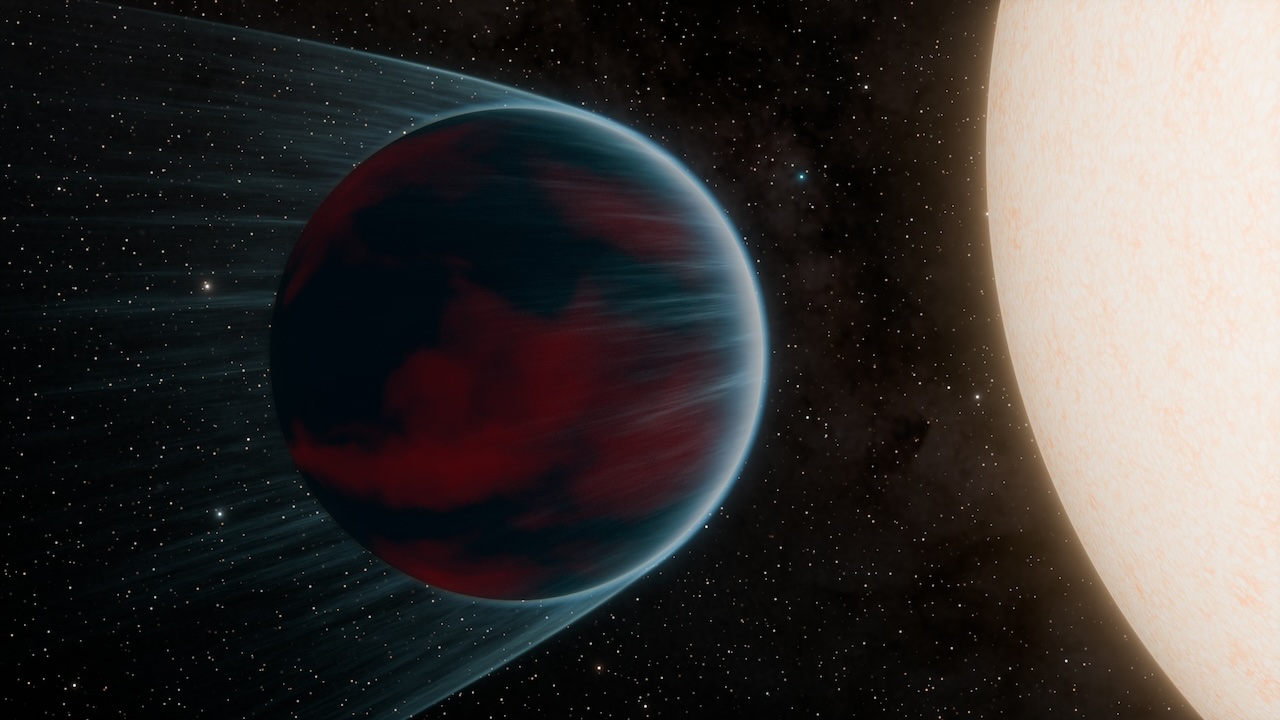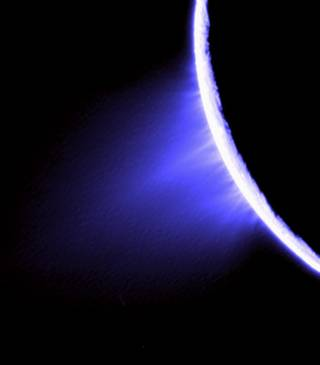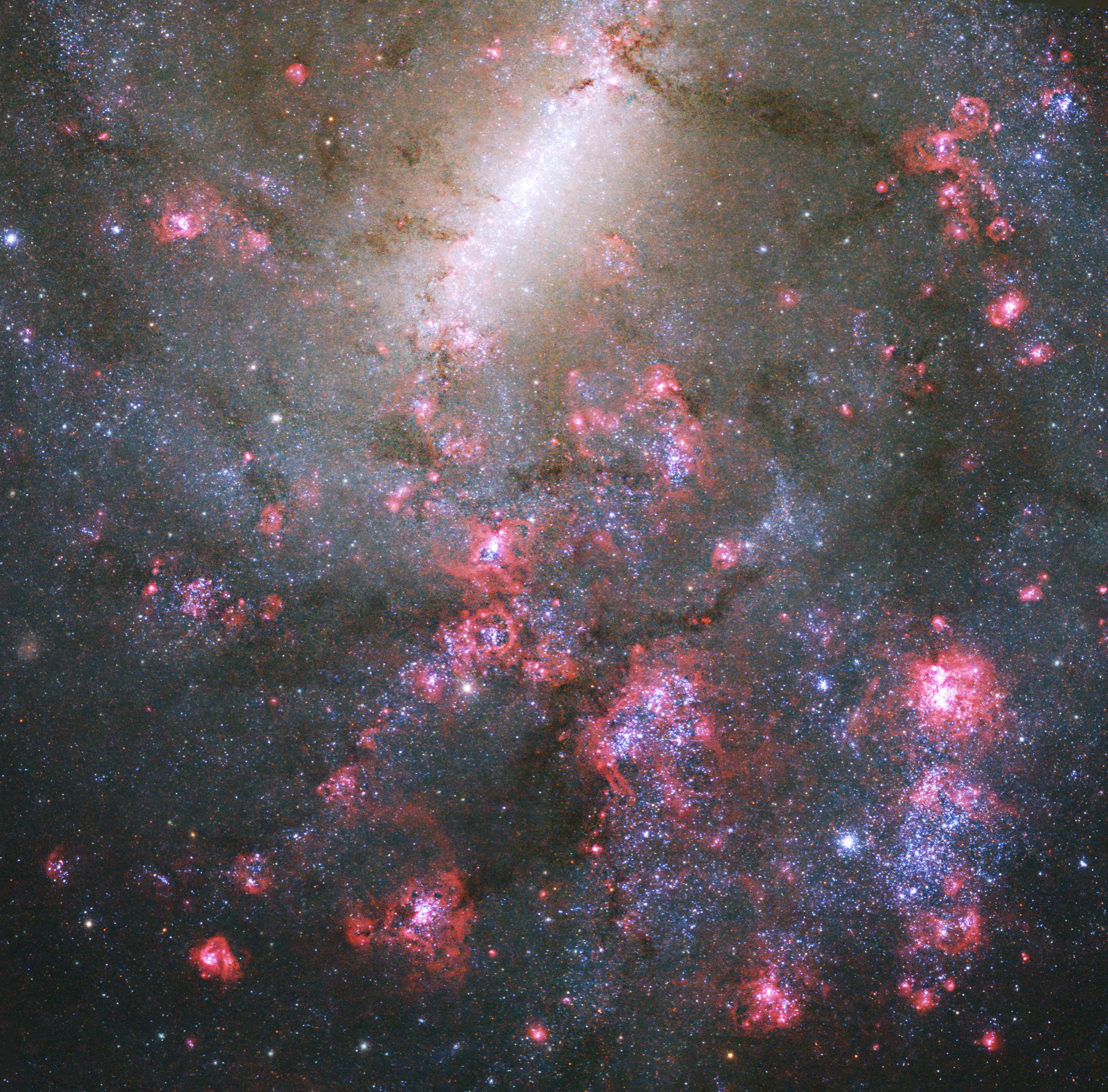2 min read

Kepler's latest data release included the discovery of an exotic six-planet solar system and five Earth-size worlds, but the bigger story may be in the hundreds of new "candidate planets" that were announced, The list, now at 1,235, is providing astronomers with tantalizing clues about what kinds of planets are out there and in what quantities.
"The size spread of the planet candidates is intriguing," said Steve Edberg, an astronomer with NASA's Jet Propulsion Laboratory. Though the majority of the 500-plus exoplanets confirmed to exist are large, Jupiter- class planets, Kepler's initial findings suggest that smaller planets the size of Neptune or a few times the size of Earth may be more common.
"Unlike Kepler, the observation techniques we have used so far have been biased towards finding Hot Jupiter-class planets ... but Kepler has so far found a lot more Neptune-size planets and quite a few Super-Earths (planets just a few times larger than our own). Who knows? We might find that these, and not Hot Jupiters, are the most common kinds of planets in our galaxy."
Edberg points out that, even if some of the candidate planets are later not confirmed to be real planets, Kepler's results will very likely redefine the way astronomers think about exoplanets. "Numbers of discoveries aren't as important as finding out how many Earth-size planets may exist out there," he says. "Kepler gives us an opportunity to have less-biased statistics to build a more complete picture of our Milky Way galaxy and, by extension, the universe."
Still, Edberg warns that one shouldn't count cosmic eggs before they hatch. "It will be comforting if Kepler finds a fair number of Earth-size planets in the habitable zone, but we can't let our imaginations run away from us - finding a potentially habitable planet is a long way from actually confirming that it is habitable. But this latest data set bodes well for some exciting discoveries in the future, and I think we're all anxious for its final results."
All of Kepler's candidate planets await verification from ground-based observatories. In some cases, astronomers may decide there is not enough evidence to prove a planet's existence (this is called a "false positive").
Kepler is NASA's 10th Discovery Mission and is funded by NASA's Science Mission Directorate at the agency's headquarters. The Kepler mission is a part of NASA's Exoplanet Exploration Program.







